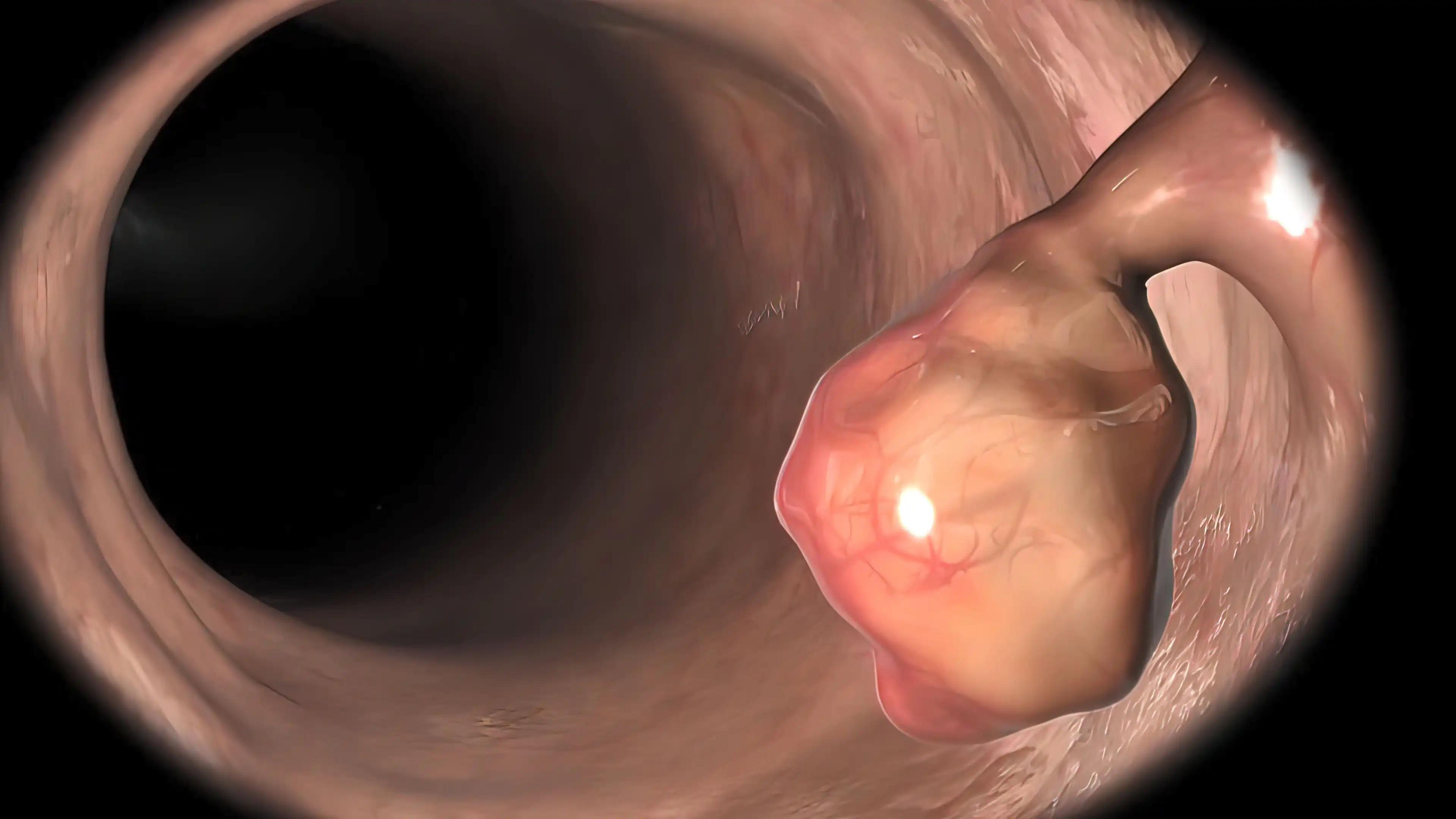KEY TAKEAWAYS
- The study aimed to describe global clinical research on GEC examining trial characteristics and site distribution.
- The results showed GEC trials are concentrated in HICs, missing high-incidence regions, and needing more support.
Ayo S Falade and the team aimed to outline the global clinical research landscape for gastroesophageal cancers (GEC), focusing on trial features, site distribution, and factors leading to trial termination.
Researchers queried ClinicalTrials.gov to identify completed or terminated Phase III interventional studies on GEC, including esophageal squamous cell carcinoma, esophageal adenocarcinoma, gastroesophageal junctional cancers, and gastric adenocarcinoma.
They extracted data on reported trial characteristics and used Pearson’s chi-square and Fisher’s exact tests to compare differences between completed and terminated trials. Multivariate logistic regression assessed predictors of trial termination.
The results showed that 179 trials were identified, with 90% being therapeutic. Most trials had sites in Asia (61%) and Europe (32%), and few had sites in Africa (4%). About 30% included sites in low- and middle-income countries (LMICs), 70% focused on gastric or gastroesophageal junctional adenocarcinoma, 13% on esophageal adenocarcinoma and esophageal squamous cell carcinoma, and 9% on esophageal squamous cell carcinoma alone. About 16 percent (n= 29) of trials terminated prematurely.
Multivariate analysis identified study site number, recruitment site location, and patient population as predictors of termination. Trials recruiting from US-based sites were more likely to terminate (odds ratio [OR], 7.22 [95% CI, 1.59 to 32.69]). Trials conducted exclusively in LMICs were less likely to terminate (OR, 0.04 [95% CI, 0.01 to 0.59] compared to those conducted in high-income countries [HICs] alone). Studies on esophageal squamous cell carcinoma were more likely to terminate (OR, 17.74 [95% CI, 1.49 to 210.69]).
The study concluded that although 80% of GEC occur in LMICs, most trial activity is concentrated in HICs. Few trials target esophageal adenocarcinoma or esophageal squamous cell carcinoma, despite their high fatality, revealing an unmet need.
The findings underscored the missed opportunities to recruit patients from high-incidence regions globally and the urgent need to increase funding, infrastructure, and support for gastroesophageal cancer trials in LMICs.
Research funding was provided by Natera and Celgene.
Source: https://pubmed.ncbi.nlm.nih.gov/39173083/
Falade AS, Adeoye O, Van Loon K, et al. (2024). “Clinical Trials in Gastroesophageal Cancers: An Analysis of the Global Landscape of Interventional Trials From ClinicalTrials.gov.” JCO Glob Oncol. 2024;10:e2400169. doi:10.1200/GO.24.00169



